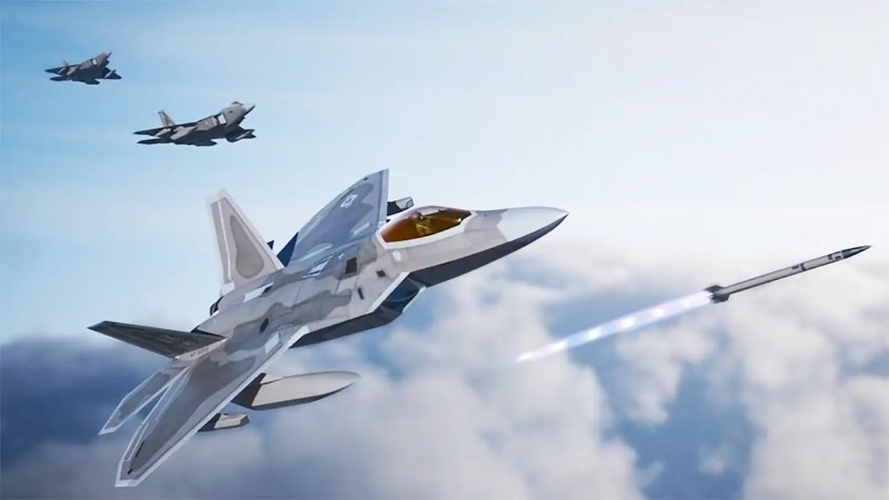what_is_that
ACCESS: Confidential
- Joined
- 9 August 2023
- Messages
- 55
- Reaction score
- 116
SRVL is used to increase the bring back.Probably not higher, but lower due to weight growth. The margins are very tight. See my post about this here: https://www.secretprojects.co.uk/th...strike-fighter-jsf.17732/page-108#post-626309

Shipborne rolling vertical landing - Wikipedia
EDIT: getting a bit off-topic, sorry.
Last edited:


